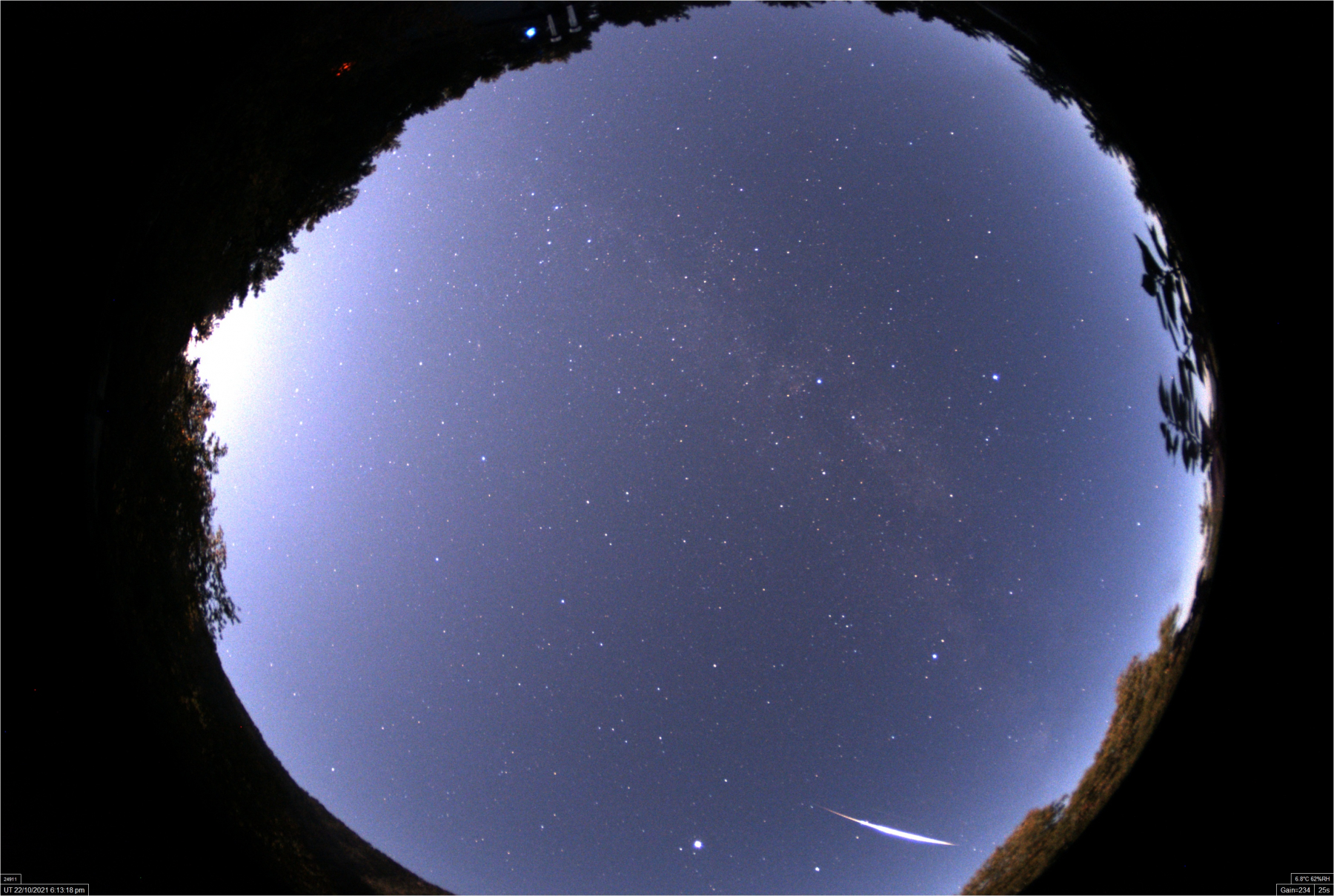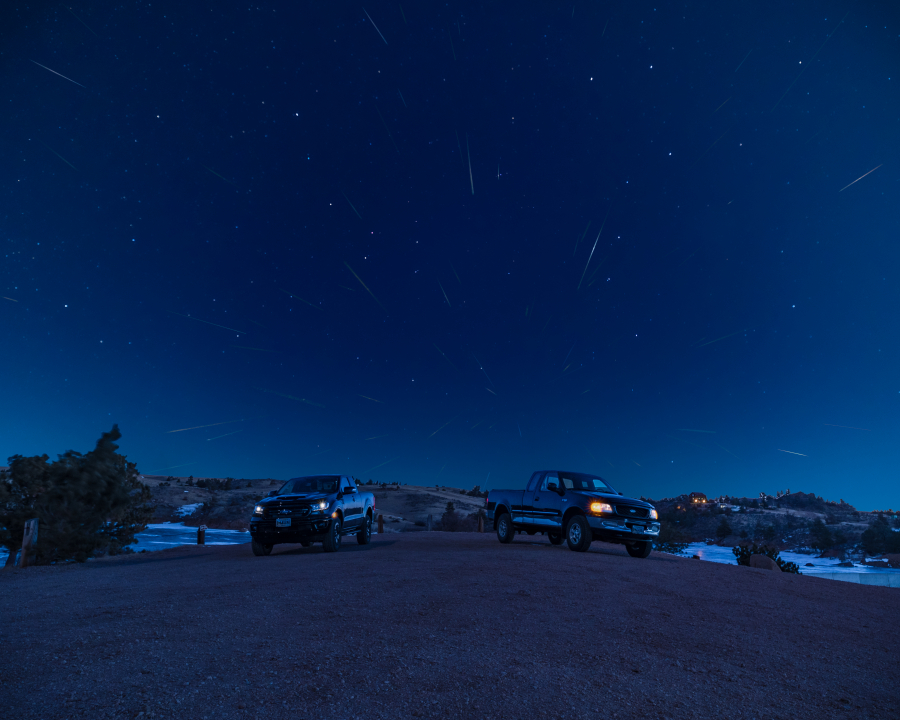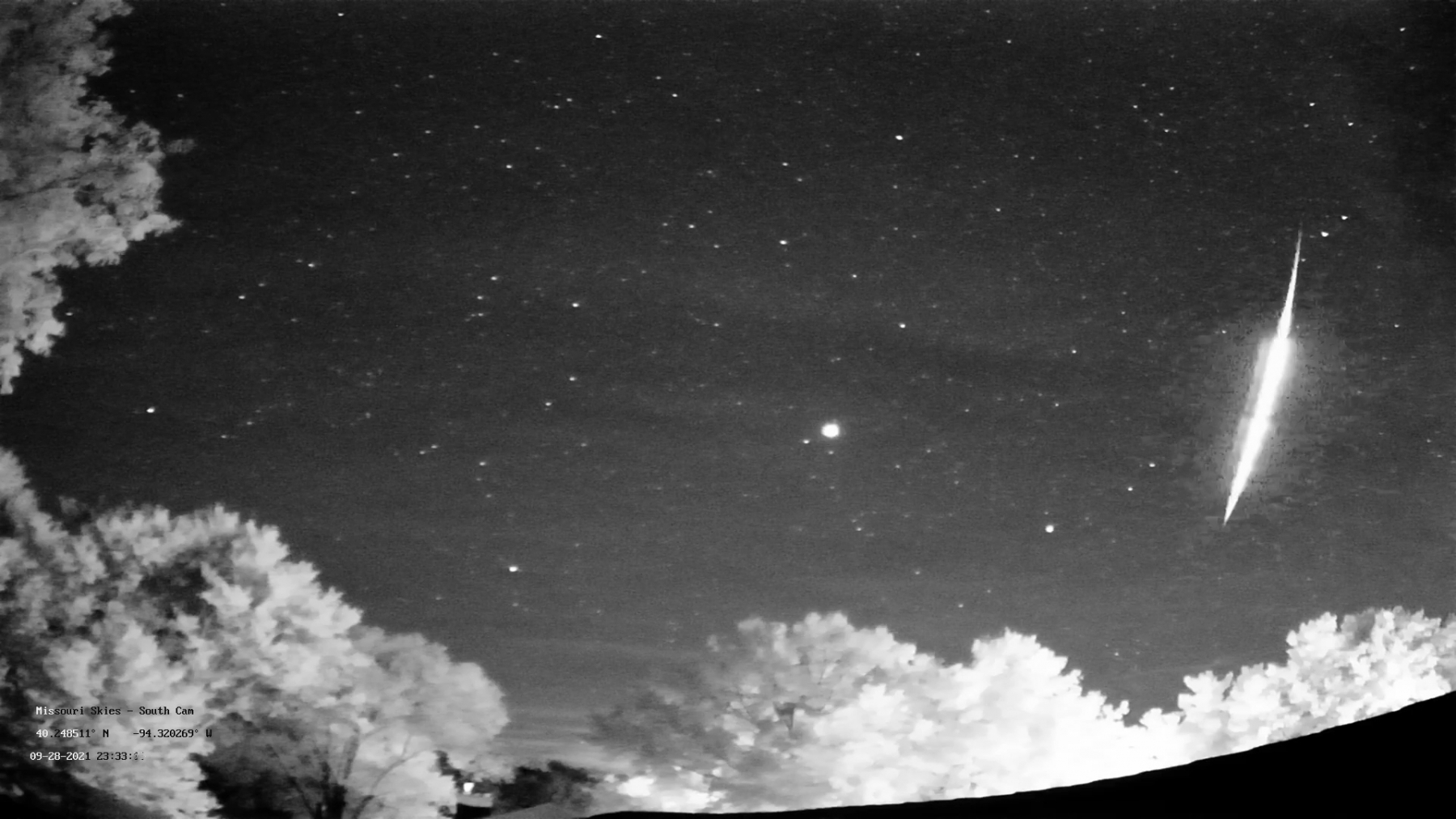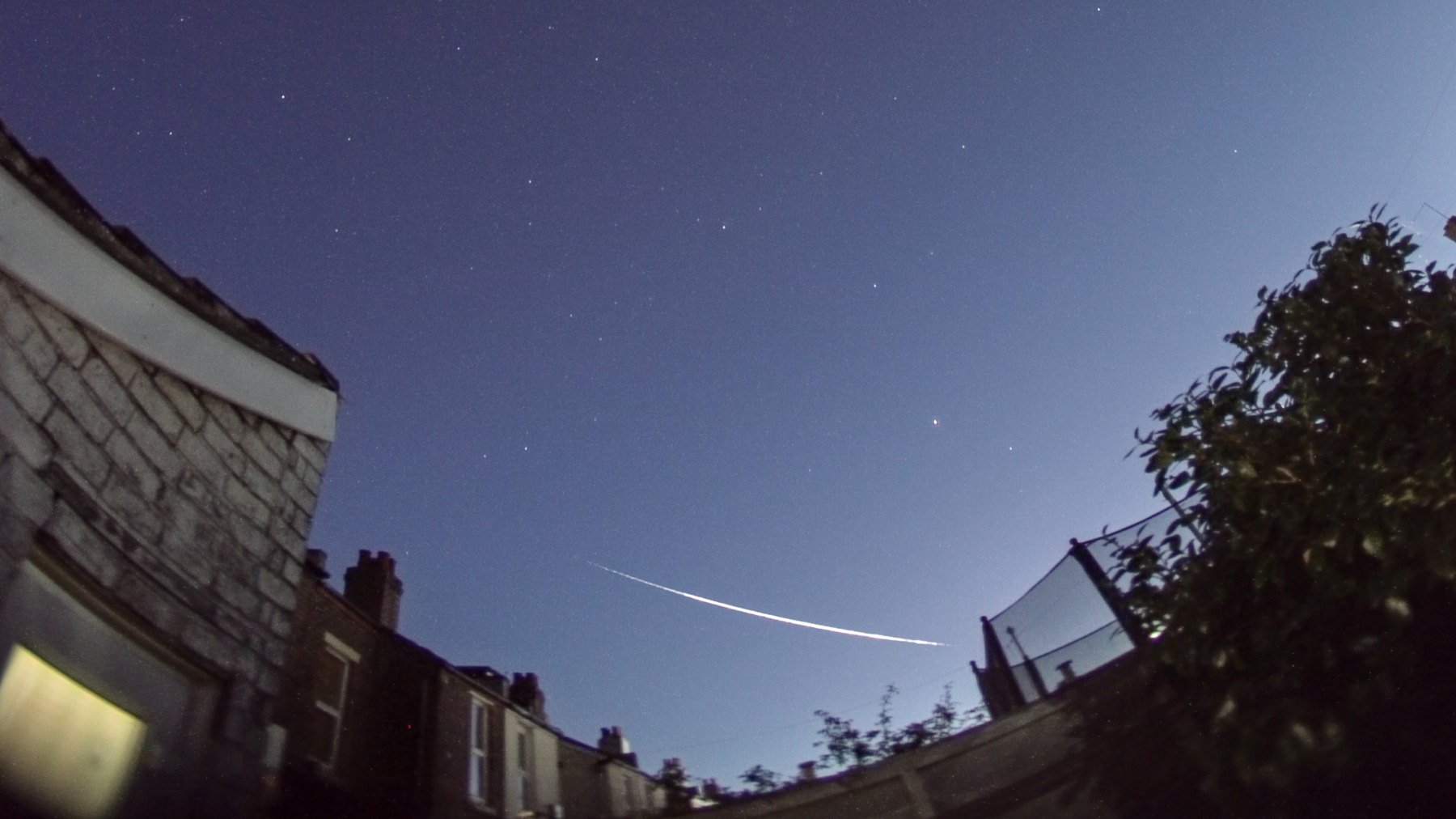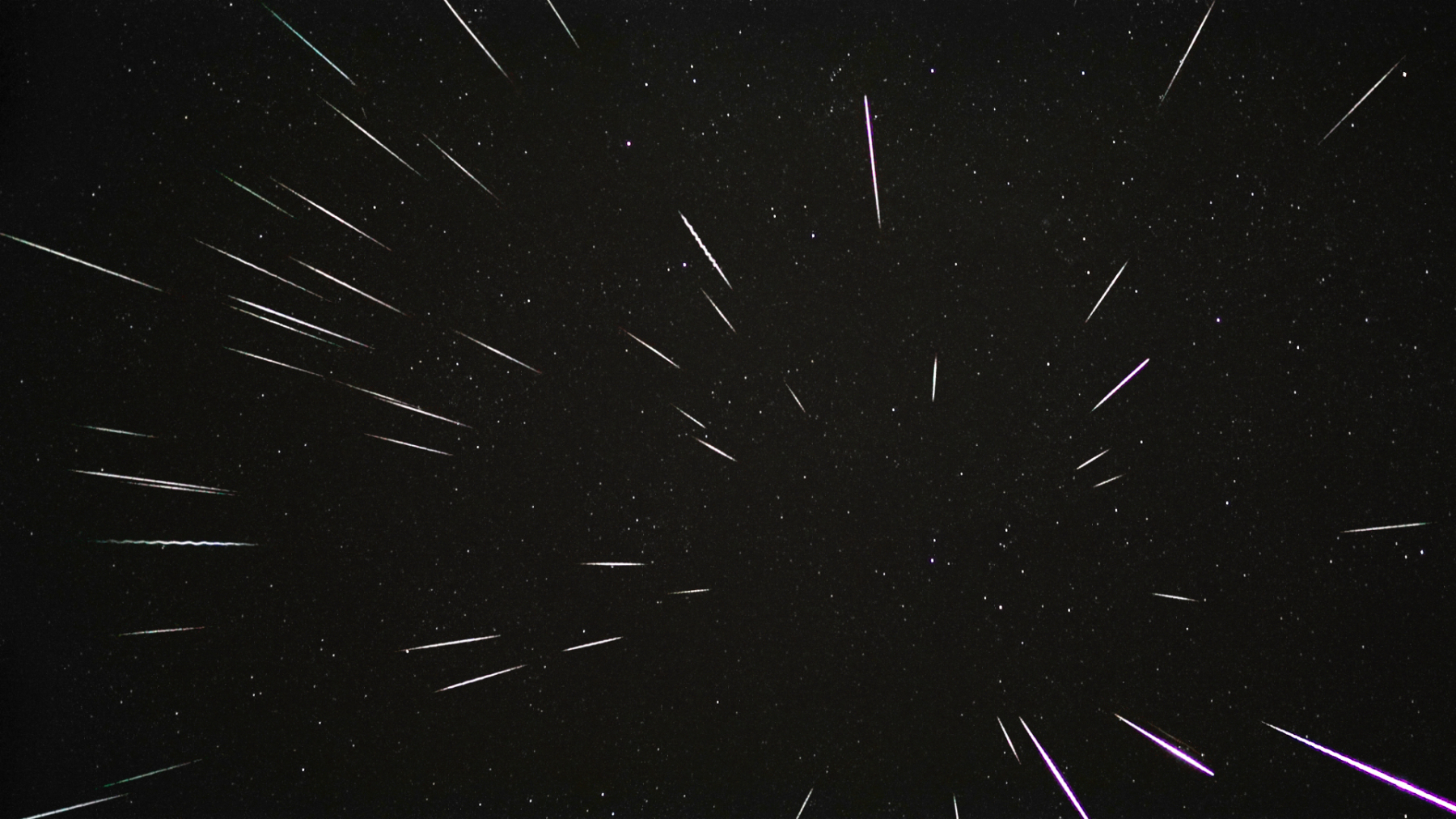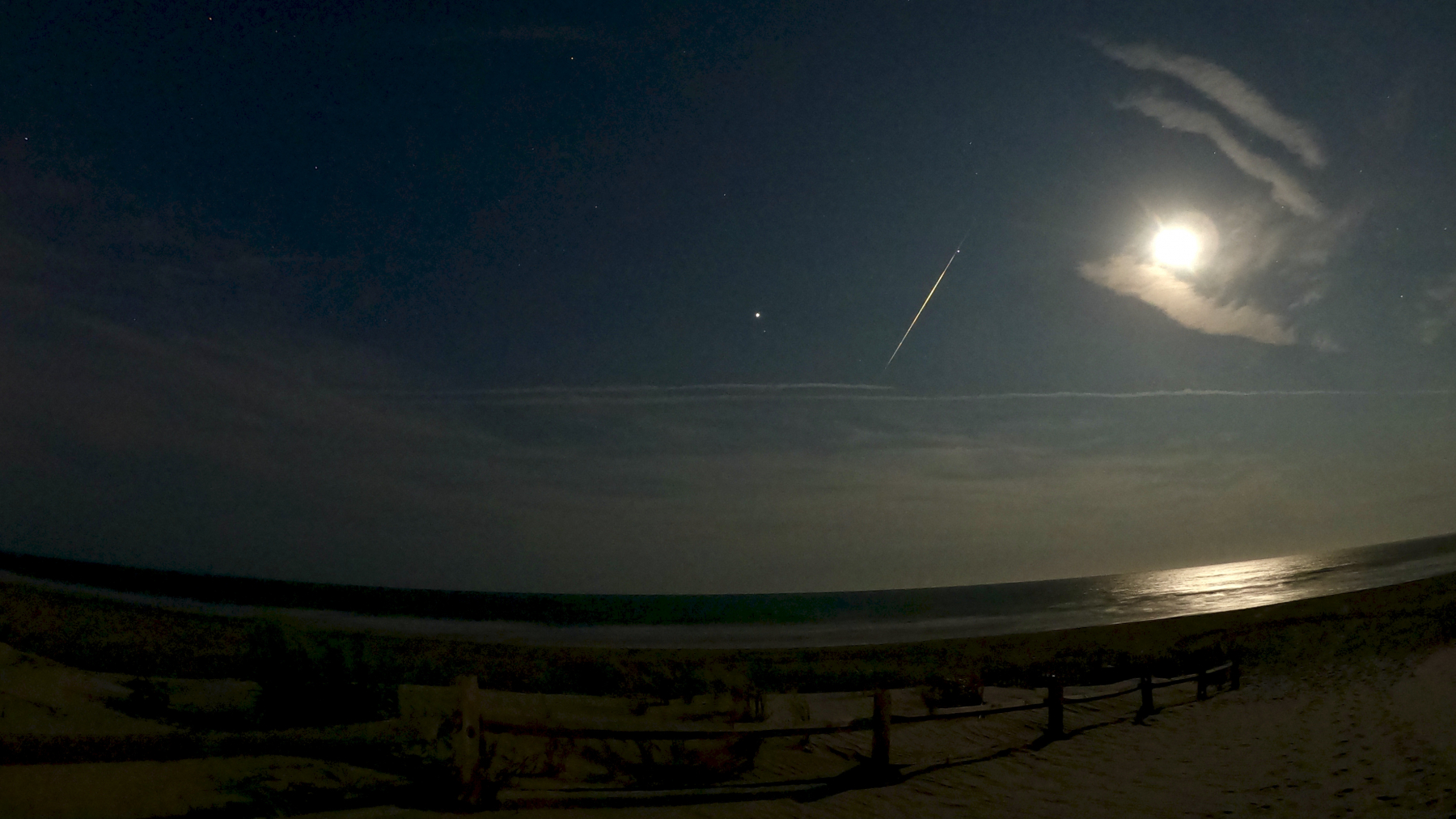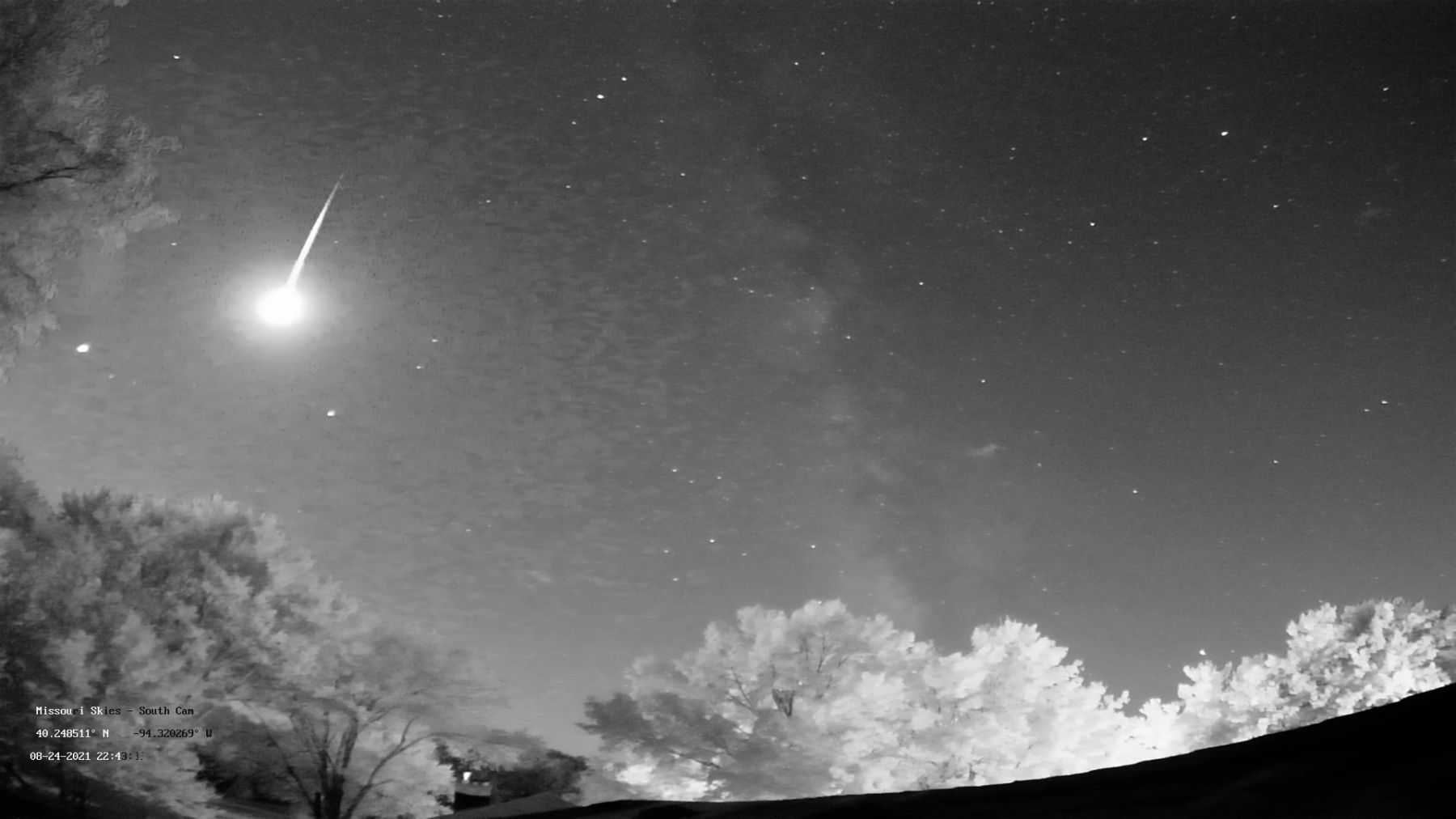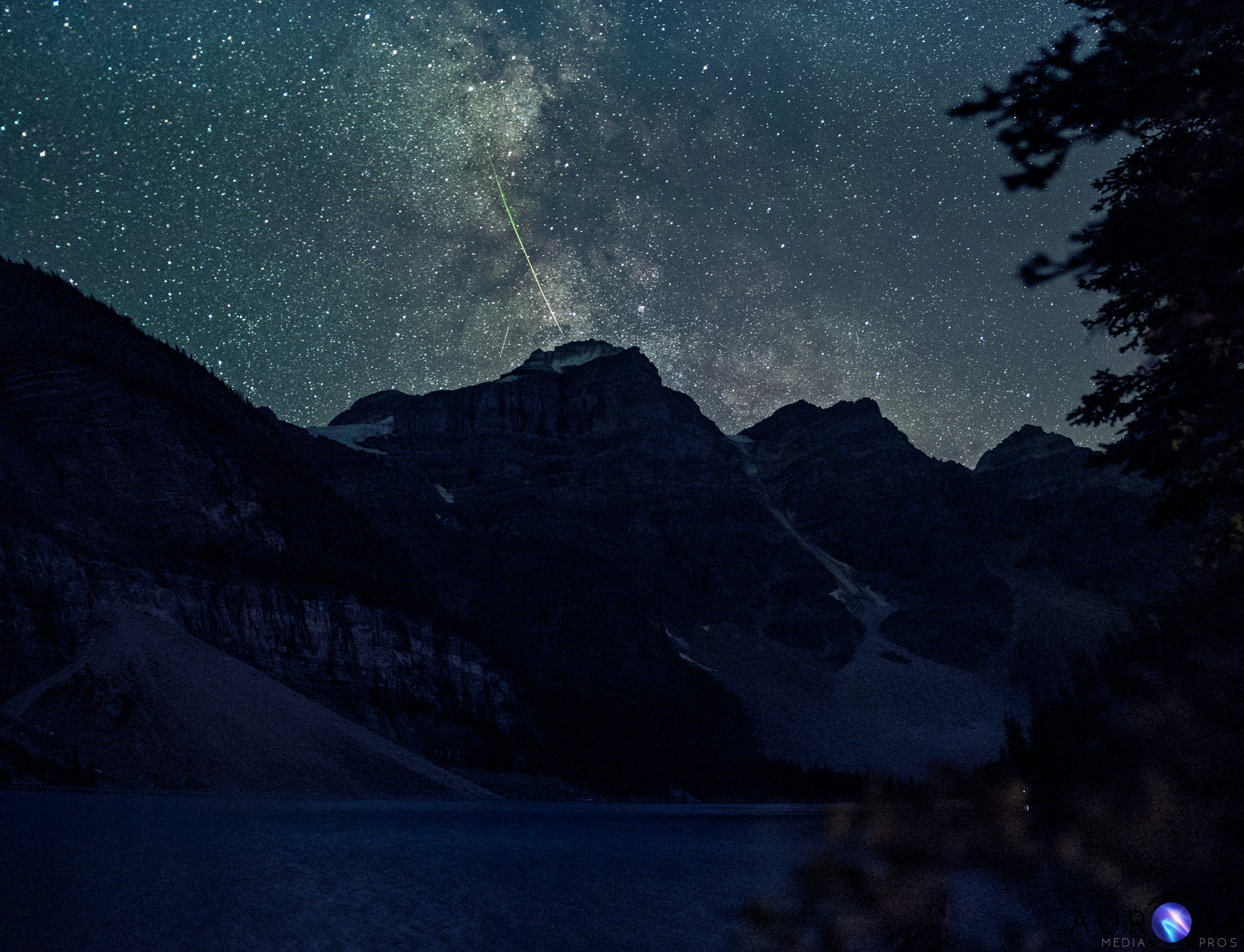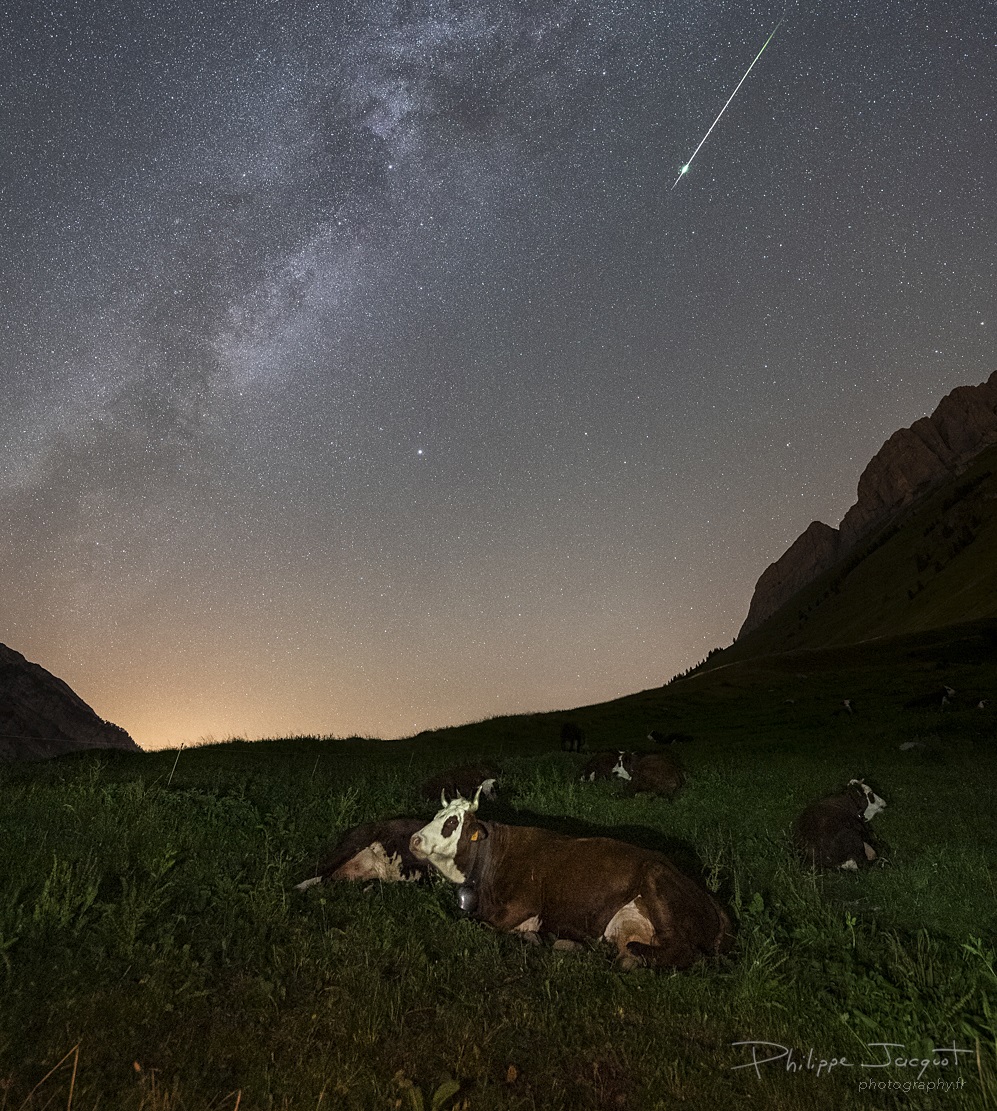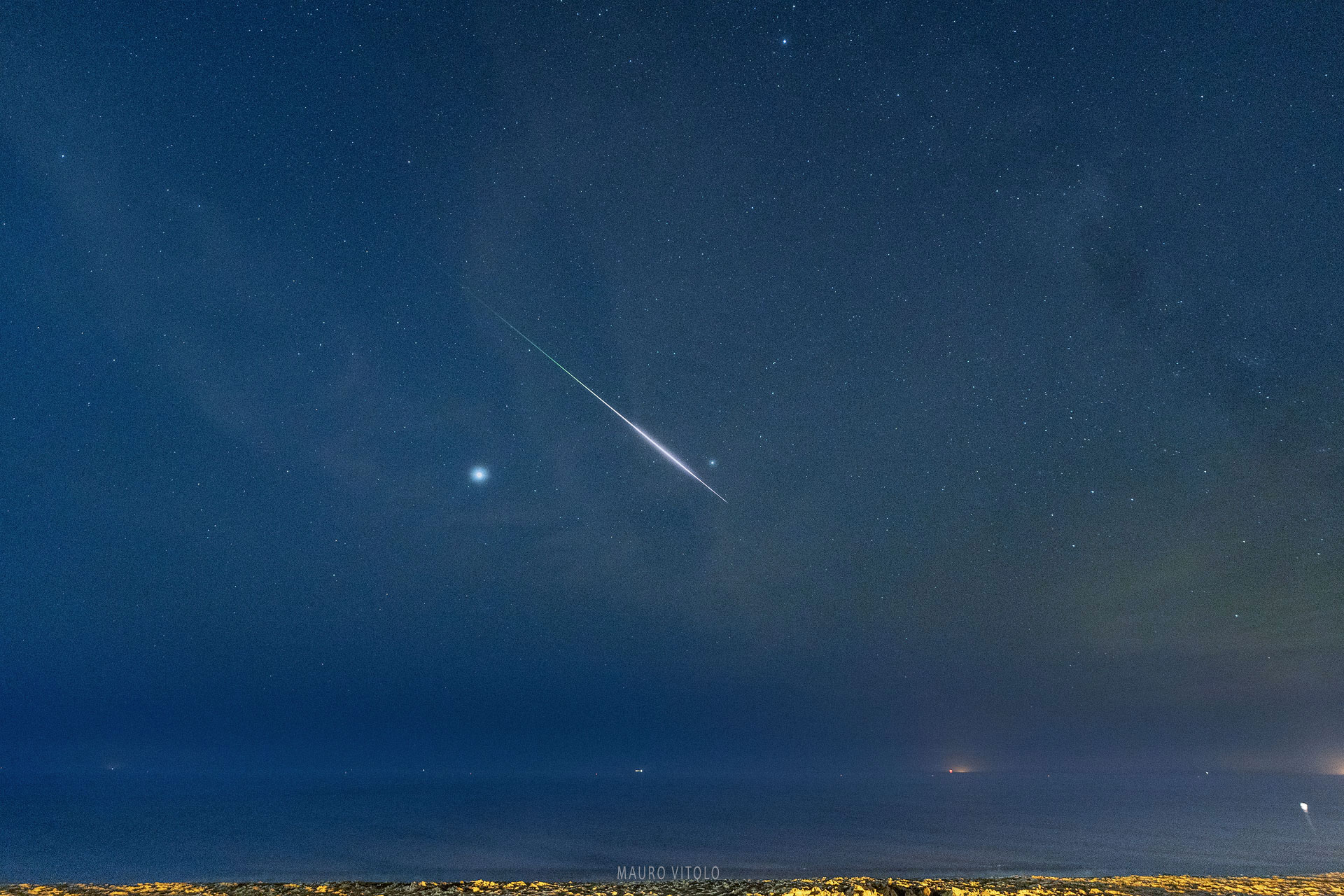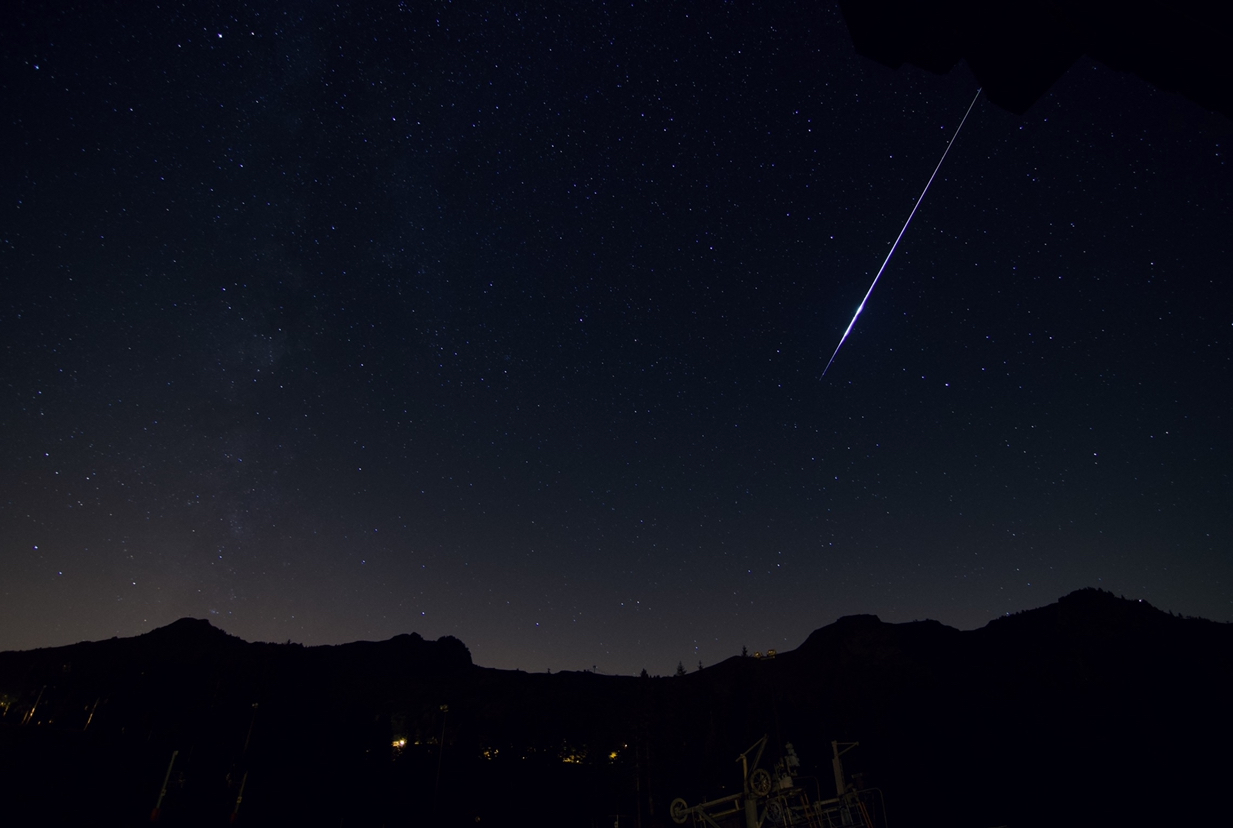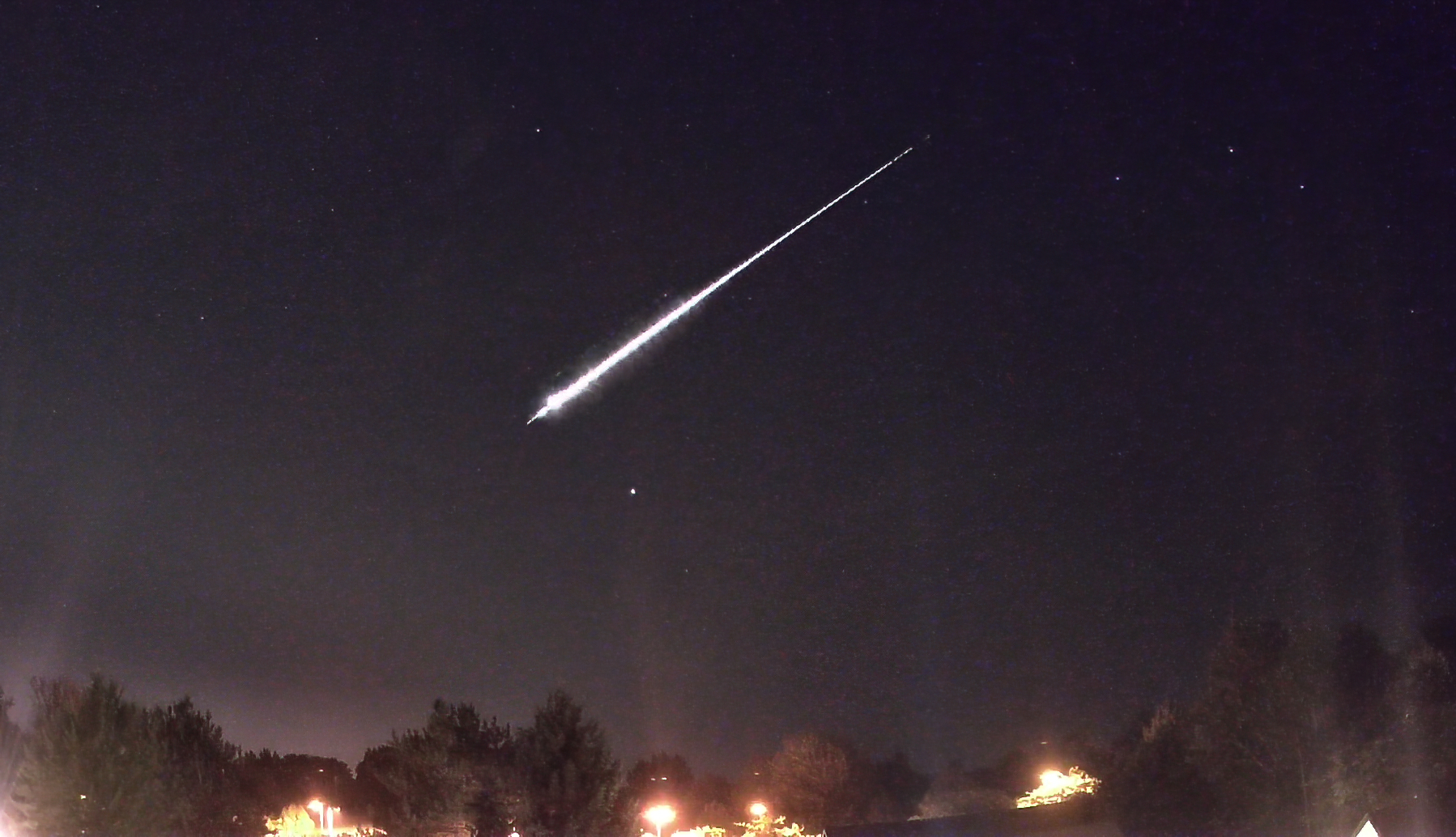
Meteor Activity Outlook for January 29-February 4, 2022
During this period, the moon reaches its new phase on Monday January 31st. At that time the moon lies near the sun and is invisible at night. This weekend the thin crescent moon will rise just before dawn, therefore it will not interfere with meteor observing at this time. The moon will re-enter the evening sky later this week but will set soon after dusk. Again, it will not interfere with meteor observing.
 American Meteor Society
American Meteor Society
